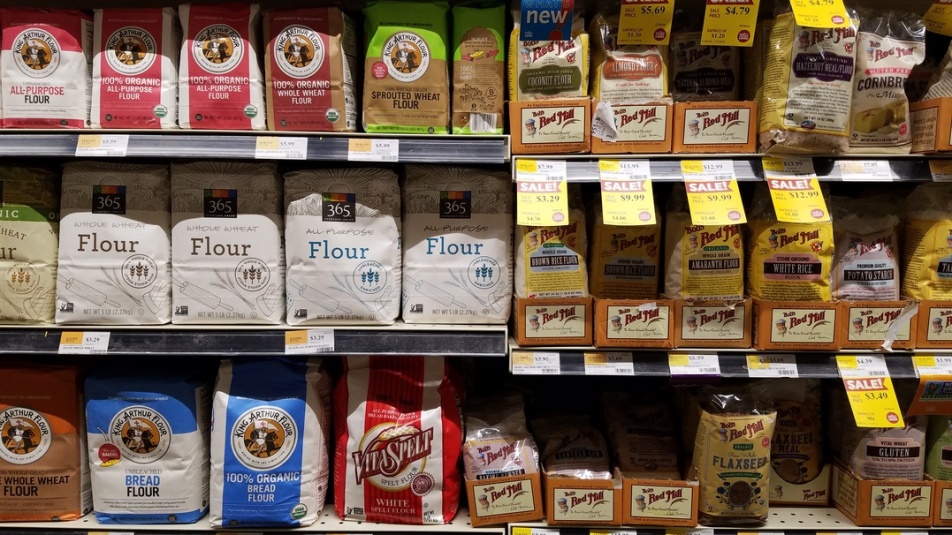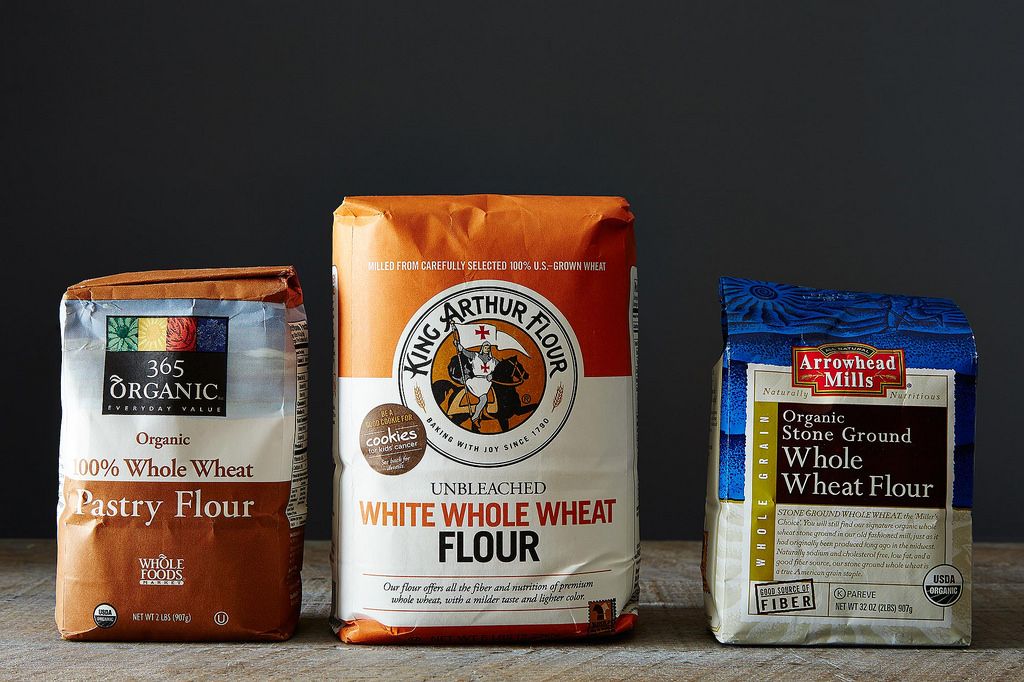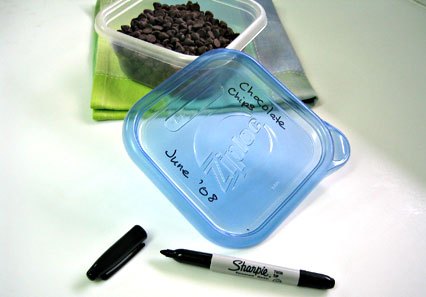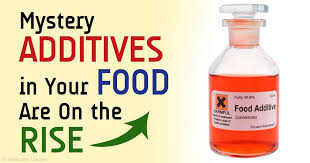Things to Know to Improve Your Baking and Cooking Outcomes
Successful outcomes when baking and cooking. Isn’t that what we all want? But for that to consistently happen, we have to wrap our frugal minds around the plain fact that successful baking and cooking REALLY depends on using fresh ingredients.

“DUH!” you say? OK, let’s look at baking first. You know very well that you have a number of baking ingredients in your pantry, cupboard, or storage that are past their prime. And how does a savvy Cook’n baker end up with out-dated ingredients? SALES!
Any frugal baker knows to stock up on her most used ingredients when they’re on sale. But there’s the catch: Too much of the time those ingredients are at their “sell by” date, or getting precariously close to it. Your grocer needs to move them out and so on sale they go. (White sugar is about the only ingredient that can sit around for years and not lose any vitality—it had none to begin with!)

For instance, white flour has a shelf-life of 6-12 months, at the most. After that, it will develop a disagreeable off-taste. Yeast and dough enhancer are other ingredients with a limited shelf life and simply can’t work well if they’re not fresh.
So much depends on the amount of time your ingredients have been lingering in the store. But there’s more to look to than just the “sell by” date. There’s also “use by” and “best by” dates. This info is supposed to help us know what’s what, but it can be confusing. Bob Brackett, Director of the Institute for Food Safety and Health and Institute of Food Technologists spokesperson explains the difference between "use-by," "sell-by," and "best-by" dates:
Sell-By: This label is aimed retailers, and it informs them of the date by which the product should be sold or removed from shelf life. This does not mean that the product is unsafe to consume after the date. Typically one-third of a product's shelf-life remains after the sell-by date for the consumer to use at home.
Use-By: This label is aimed at consumers as a directive of the date by which the product should be eaten; mostly because of quality, not because the item will necessarily make you sick if eaten after the use-by date. However after the use-by date, product quality is likely to go down much faster and safety could be lessened.
Best-By: This is a suggestion to the consumer on which date the product should be consumed to assure for ideal quality.

A best-practice, then, is to always write the purchase date on your ingredients’ packaging and storage containers. Also, if you aren’t already, start storing your yeast and dough enhancer in the freezer or refrigerator (this will keep them active longer).
The point is, if you do find a super duper sale on your baking flour, check its “sell by” date and if it’s at or near its expiration, then buy only what you can use up quickly (and then use it up quickly). And of course, pay attention to the “use by” and “best by” dates as well.
Establish these easy habits and your baking outcomes will be consistently successful.

And now the cooking. First, there are two reasons why produce departments spray their produce:
To make it all look pretty and appealing; water glistening on produce gives it a fresher appearance.
To make it heavier. No kidding—those benign little drops of water actually add to the weight of the produce and you’ll be paying more for it. Sneaky, right? I always wipe things off (my store has paper towels available) and shake leafy greens really well to remove the clinging water droplets.

Second, marketers are adding new types of preservatives, fats, sugars, and other “new” food substances to our daily meals, daily. There are now more than 4,000 ingredients on the FDA’s list of allowable food additives, and lots of them typically end up on your plate.
And here’s a disturbing fact: Only 373 of those 4,000 additives is “generally recognized as safe” by the FDA. And too often, they go unexplained (what is xanthan gum anyway?) or, in the case of restaurant food, unmentioned. Unless we’re eating it right off the tree or out of the garden, it’s hard to know what, exactly, is in that dish.
So the bottom line?
Check all packaging for “sell by” dates to be sure you’re getting the freshest product available.
Make your meals from scratch as much as you can, to avoid those nasty additives and other mystery ingredients.
Then come spring and summer, grow your own produce, if this is possible.

Knowledge is power, and even just a little bit can ensure your baking and cooking outcomes will be more successful.
- www.food52.com
- www.spoonuniversity.com
- www.videoblocks.com
- www.articles.mercola.com
- www.newhouse.syr.edu
- www.danamccauley.wordpress.com
 Alice Osborne
Alice Osborne
DVO Newsletter Contributor since 2006
Email the author! alice@dvo.com
